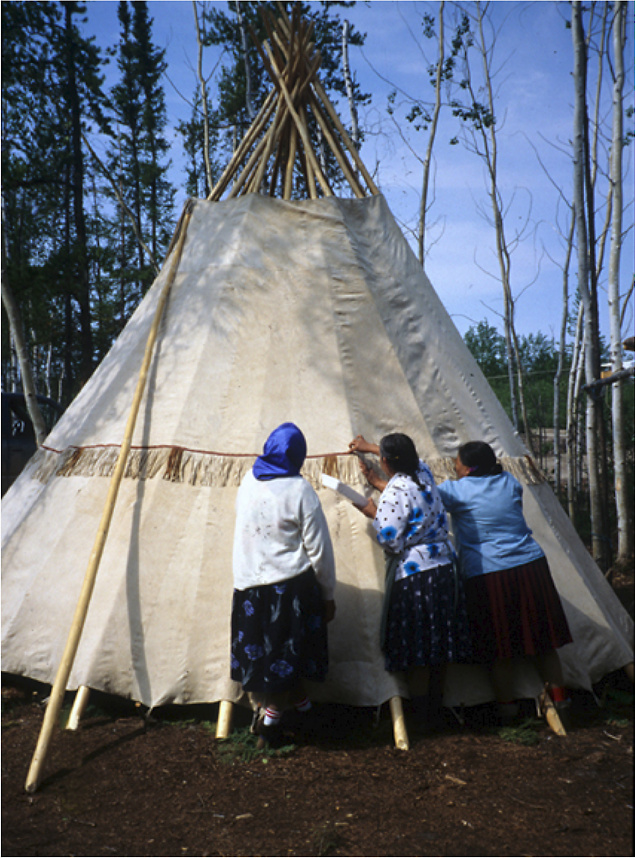
Tom Andrews - 31st March 2010
This presentation documents the way in which the conical skin lodge was used by the Tlicho, a group of Northern Athapaskan caribou hunters living in northern Canada. Designed to be light and mobile, the conical lodge was considered one of the most important of the few possessions a family owned. However, the Tlicho value the enskilled knowledge and practice embodied in an object more than the object itself and, thus, value artifice over artefact. In contrast, museums place high value on the object and may fairly be characterized as emphasizing artefact over artifice. Recent collaborative cultural revitalization projects focused on conical lodges in museum collections, provided opportunities for the Tlicho to teach youth about the history, design and manufacture, and social context of these durable, portable structures. In the process, important lessons about museum practice were learned as well.
Tom Andrews is an archaeologist based at the Prince of Wales Northern Heritage Centre in Yellowknife, Canada. He has conducted research in the northern Yukon, Northwest Territories, and Siberia for over 30 years and has written on traditional knowledge and place names, ethnoarchaeology, sacred sites, and Aboriginal cultural landscapes. He is a PhD candidate with the Duncan and Jordanstone College of Art and Design.
